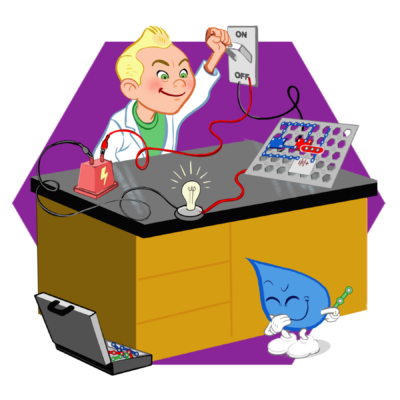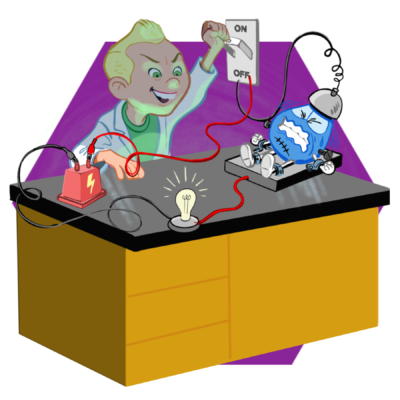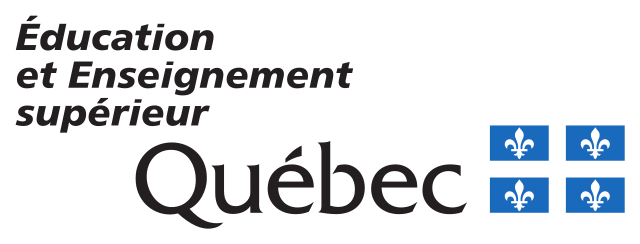Profaqua is an organization registered in the scientific culture section of the culture at School program of the Quebec Ministry of Education and Higher Education.
Energy (British Columbia)
Store energy!
From water to an electric motor, we follow electrons in motion, from production to use! This electrifying project will give young scientists the opportunity to witness the voyage of the electron, from the conversion of natural energy (sun, wind, water, lemons, and muscles) into electrical energy, which is then used in series and parallel electric circuits to power light bulbs and electromagnets. Divided into three workshops, this dynamic, energy project consists of three workshops and is sure to fascinate aspiring electricians!
On the menu:
1) Forms of energy (60-75 min)
2) Electricity (60-75 min)
3) Electromagnetism (60-75 min)
Objectives at the elementary level:
- Understand how electricity is produced and how it travels.
- Describe energy transformations and use them to understand their impact on the environment. (mechanical, electrical, light, chemical and hydraulic).
- Generate electric current using a dynamo (generator) to power an engine, fan and neon light.
- Differentiate between renewable and non-renewable forms of energy.
- Explain what electromagnetism is.
- Recognize the effects of electromagnetism on electricity.
- Create different electric circuits (series, parallel, closed and open).
- Understand how light converts into energy.
Objectives at the secondary level:
- Describe energy transformations from one of its form to another when electrical devices are operating.
- Describe and explain the impact of using renewable and non-renewable energy resources.
- Use electric and electromagnetic components to create different circuits.
- Understand how an electromagnet and its electromagnetic field work.
- List ways of changing the intensity of the magnetic field produced by a solenoid (type of core, current intensity and number of turns).
- Explain the use of solenoids in technological applications (e.g. earphone, electric motor and magnetic crane).
- Describe how light rays are deviated by a plane reflecting surface and mirror.
- Describe how light rays are deviated when they strike the convex or concave surface of a transparent material.
Additional details
| Type of service | |
|---|---|
| Customer type | |
| Duration | |
| Categorie | |
| Location |
Our needs
- Access to electrical outlets is needed.
- Access to a whiteboard (interactive or not) is strongly recommended.
- If there is little time between animation activities, it is strongly recommended to set them up in the same area.
- Regarding the Forms of Energy workshop, if there is little time between animation activities, it is strongly recommended to set them up in the same area.
- 5 teams must be formed before the arrival of the facilitator for the workshop: Sources of energy
- 6 teams must be formed before the arrival of the facilitator for the workshops: Electrical circuits and Electromagnetism
Additional charges
- Travel costs (minimum $ 25) based on distance apply.
- In 60-minute workshops, if there are more than 5 groups on schedule, the workshops will be spread over more than one day and the transportation costs will have to be adjusted accordingly.
- In 75-minute workshops, if there are more than 4 groups on the schedule, the workshops will be spread over more than one day and the transportation costs will have to be adjusted accordingly.
- Additional fees will be charged if there is a delay of more than 90 minutes between two workshops.
600.00$ – 760.00$







